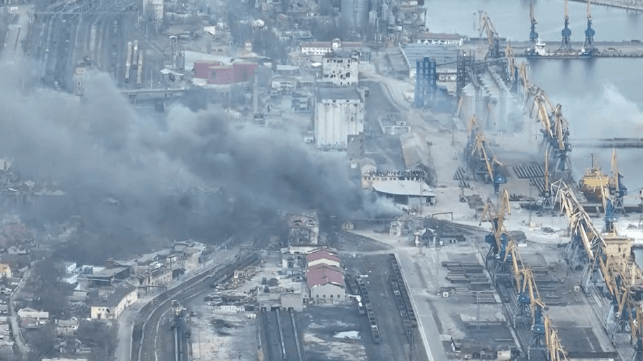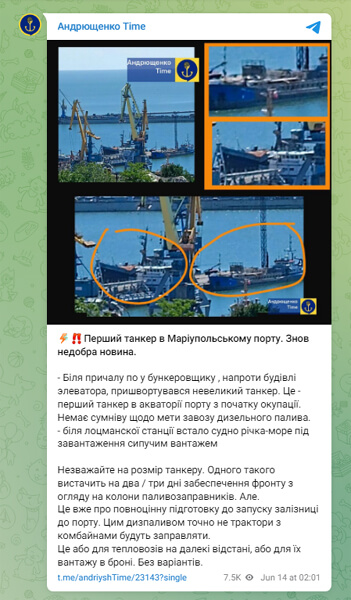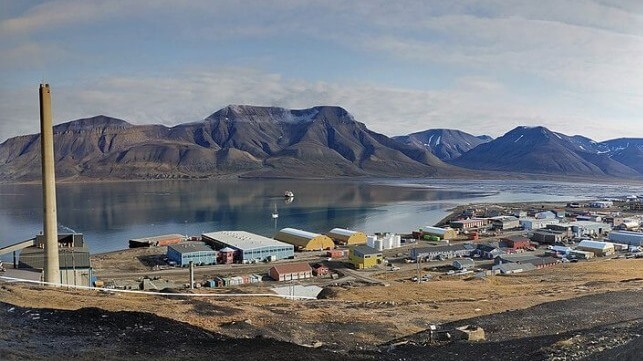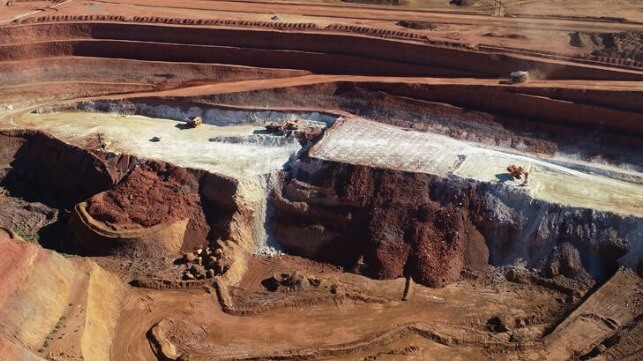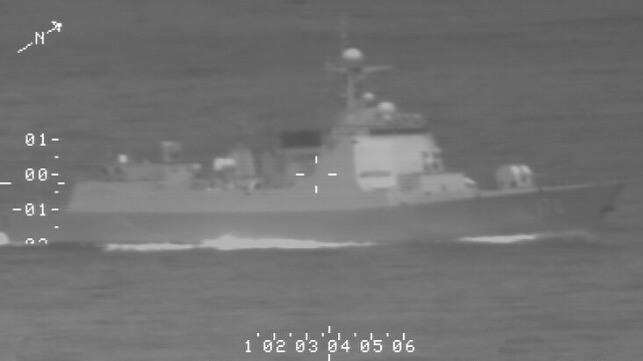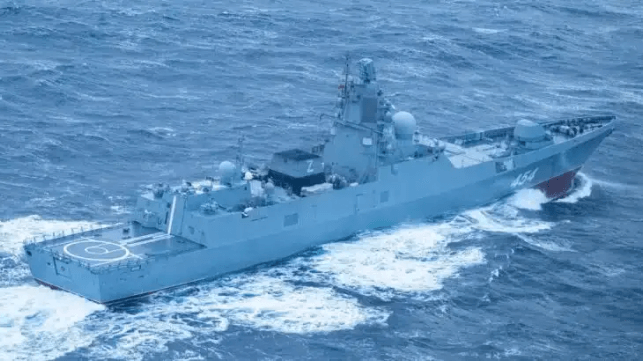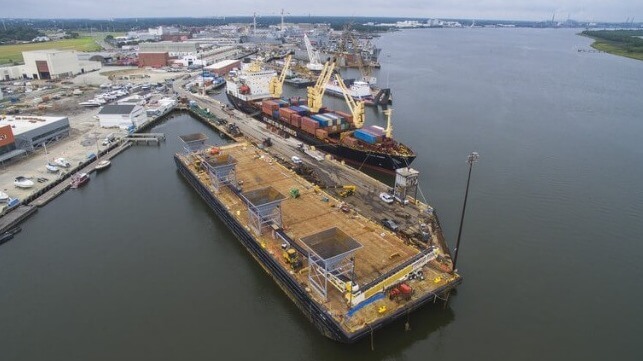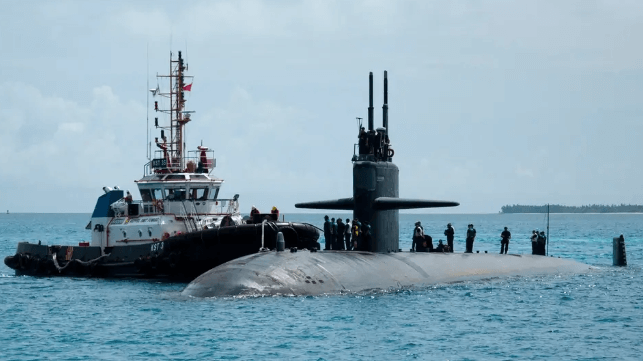[By Ian Satchwell]
Markets for critical minerals are no longer shaping up to be the next components of the global economy to be dominated by China. They already are.
While Western nations were sleeping, China built vertically integrated supply chains for several critical minerals vital to the energy transition and high technology applications, including defense equipment.
Critical mineral supply chains are increasingly subject to Chinese government manipulation focussed on creating and maintaining monopolies and monopsonies. The scale and scope of this competition is presenting Australia and its partners with significant economic and security challenges. The Australian government’s June 2 divestment order to China-linked entities with shareholdings in rare earths developer Northern Minerals is an example of what will be needed to counter China’s domination of critical minerals supply.
Stricter foreign investment oversight may mitigate some of the more egregious attempts to grab control of minerals projects in Australia. Meanwhile, various coercive behaviors are directly affecting Australian mining interests at home and abroad and threatening growth of more diverse, secure and sustainable critical mineral supply chains. Several recent developments have highlighted the growing intensity of these threats.
The situation is becoming acute in several countries in resource-rich Africa, where Australian companies contributed 29 percent of the continent’s exploration spending for all minerals in 2023. (Canadian companies contributed another 29 percent.) Russia-influenced deterioration of security in several mineral-rich African nations is supporting China’s aspirations.
Two Australian companies, operators of world-scale lithium properties that are being developed into mines in the Democratic Republic of the Congo (DRC) and Mali, have been edged out by China-based joint-venture partners amid disputes with national governments, plummeting share prices and suspensions from the ASX. Control of the resources will consolidate China’s role as effectively the world’s central banker for lithium: it already controls around 80 percent of processing and an increasing share of global mine production.
The DRC property is the Manono Project, which has the largest hard-rock lithium resource in the world. A dispute with China’s Zijin Mining Group over the project’s ownership has resulted in Australia’s AVZ Minerals being delisted from the Australian Stock Exchange. AVZ said in September it believed China and Congolese companies, including state-owned Cominiere, were ‘acting in concert to crystalize disputes with AVZ and disrupt and delay the development of the Manono Project with the aim of seizing control.’ The International Center for Settlement of Investment Disputes made orders in AVZ’s favour in January, but the company says the DRC government has failed to comply with them.
In the situation in Mali, Australian company Leo Lithium Ltd agreed in May to sell its stake in the large-scale Goulamina lithium project under development there to China’s Ganfeng Lithium, relinquishing project management. That followed a dispute with the government of Mali and its September 2023 suspension from the ASX. Leo Lithium’s shares were valued at 51 cents at the time of suspension, down from a high as $1.25 in mid-2023, shortly before the dispute emerged. Ganfeng Lithium paid Leo Lithium the equivalent of 43 cents a share. Leo Lithium said the sale was in the best interests of its shareholders in light of ‘challenging’ sovereign and security risks in Mali.
Australia, through its mining companies, has been the largest foreign investor in Mali and neighboring Burkina Faso. Russian influence in recent years has worsened Mali’s longstanding political instability and driven further deterioration in security for the population and businesses there. Security of mines in West Africa, which the Australian Department of Foreign Affairs and Trade has sought to support through its annual mine security conference there, has become ugly.
On 30 May, the US government sanctioned companies linked with the Kremlin-controlled Wagner Group operating in Mali and the Central African Republic (CAR), saying ‘Wagner Group personnel have engaged in an ongoing pattern of serious criminal activity, including mass executions, rape, child abductions, and other brutalities against innocents in the CAR and Mali.’ The Wagner Group has taken over several of Mali’s gold mines and allegedly is producing gold to fund the Russian regime.
Market manipulation is another method of coercion. China’s supply chain dominance for several critical minerals gives it the market power to crush competition, as industry leader Angus Barker points out.
China’s investment in low-cost but environmentally harmful nickel laterite mining and smelting in Indonesia has delivered cheap nickel for batteries and stainless steel made in China. This has driven down global nickel prices, threatening the viability of higher-cost but more socially and environmentally responsible nickel production. China’s investment in new lithium mining capacity in Africa and Australia and its domination of processing could distort the market for that battery mineral.
China-linked supply also dominates markets for several other minerals and metals, including rare earths needed for both the global energy transition and defense equipment. Australia’s Iluka Resources highlighted the situation at its recent annual general meeting, with managing director Tom O’Leary saying, ‘There are clear, ongoing efforts, including by Chinese state-owned entities, to extend their nation’s monopoly by controlling Australia’s rare earth deposits.’
China has used its virtual monopoly in rare earths to apply geopolitical coercion. In 2010 it withheld rare earths supply to Japan amid a territorial dispute. This helped to trigger Japanese investment in the Weld Range rare earths project of Lynas Rare Earths in Western Australia.
Recent Australian government crackdowns have targeted the use of some coercive actions. In 2023 the Foreign Investment Review Board (FIRB) rejected a bid by the Chinese company Yuxiao Fund for a higher stake in the Browns Range project in Kimberley, Western Australia, of ASX-listed Northern Minerals. In early June the government sanctioned associates of Yuxiao Fund after discovering they had tried to circumvent FIRB rules in taking up further shares. Just before this order to dispose of shareholdings, Yuxiao Fund had successfully petitioned for removal of Northern Minerals’ executive chairman after he reported the share buying by Yuxiao Fund’s associates.
It has now emerged that Northern Minerals suffered a malign cyber security breach and data theft in March. Coincidence? Possibly. But why was this particular small mining company targeted?
One explanation is that the output of heavy rare earths from Browns Range will be processed at the under-construction Eneabba rare earths refinery operated by Iluka Resources, also a heavy rare earths producer. This will be the only non-China production of this scarce product used in high-performance permanent magnets essential to components of defense equipment such as guidance systems.
Rare earths mining and processing proposals in the United States, including the Lynas Rare Earths processing plant in Texas, have been subjected to fake social media attacks in recent years, seemingly designed to stir up local opposition.
Supply chain allies, including Australia, the United States, Britain, the European Union and Canada have taken some steps to counter coercion, but as part two of this article will explain, more concerted action is needed to assure more diverse and secure minerals supply.
Ian Satchwell is an adjunct professor at the Sustainable Minerals Institute at the University of Queensland and a senior fellow at ASPI.
This article appears courtesy of ASPI and may be found in its original form here.
The opinions expressed herein are the author's and not necessarily those of The Maritime Executive.
